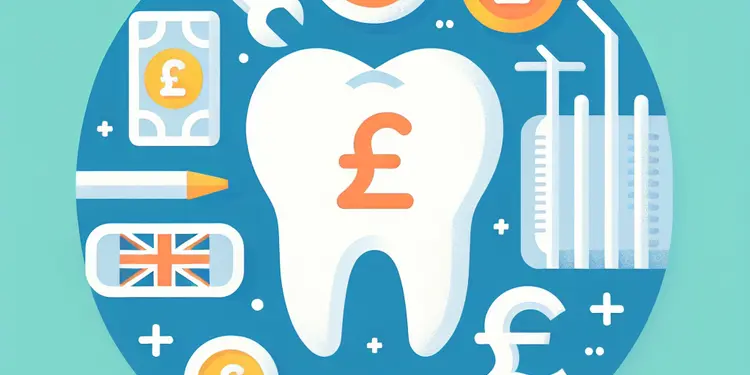
Find Help
More Items From Ergsy search
-

Is tooth decay common in children?
Relevance: 100%
-

Can tooth decay be reversed?
Relevance: 100%
-
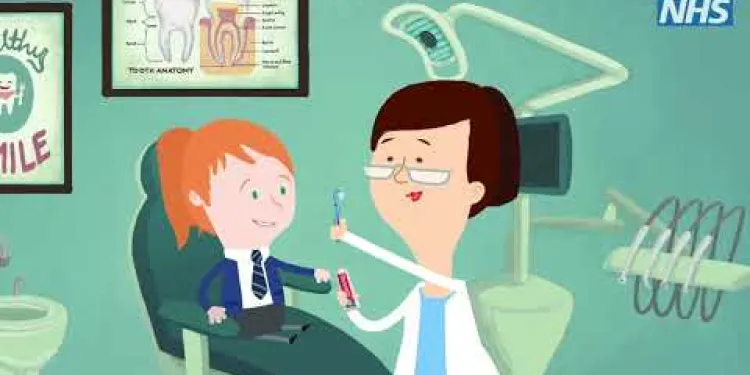
Oral Health Awareness - Tooth Decay
Relevance: 100%
-

How is tooth decay diagnosed?
Relevance: 99%
-

What are the symptoms of tooth decay?
Relevance: 98%
-
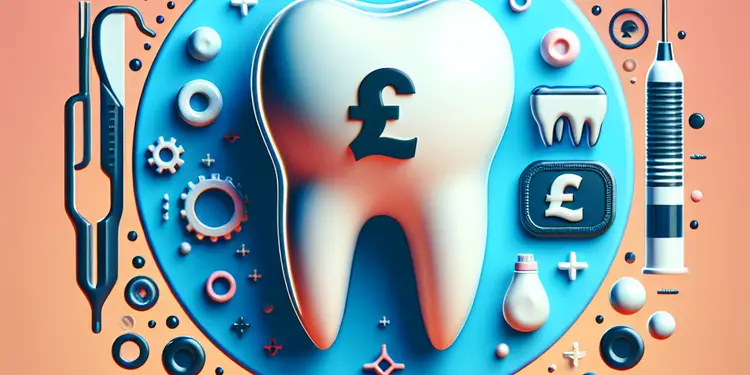
How can I prevent tooth decay?
Relevance: 96%
-

How does diet affect tooth decay?
Relevance: 91%
-

Can using mouthwash prevent tooth decay?
Relevance: 90%
-
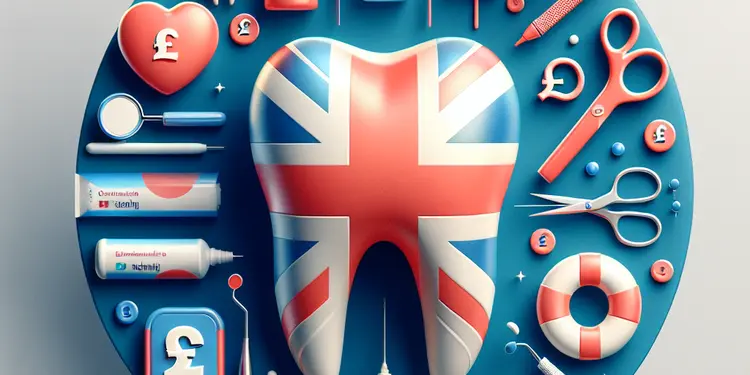
How does fluoride help prevent tooth decay?
Relevance: 87%
-
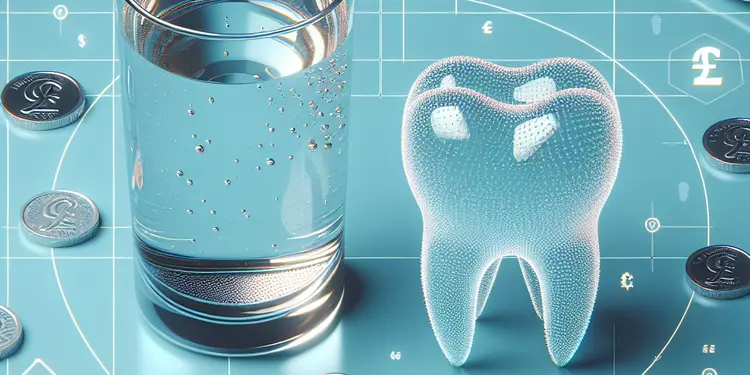
Can drinking water help prevent tooth decay?
Relevance: 84%
-

What treatments are available for tooth decay?
Relevance: 83%
-

Are sugary drinks worse than sugary foods for causing tooth decay?
Relevance: 81%
-
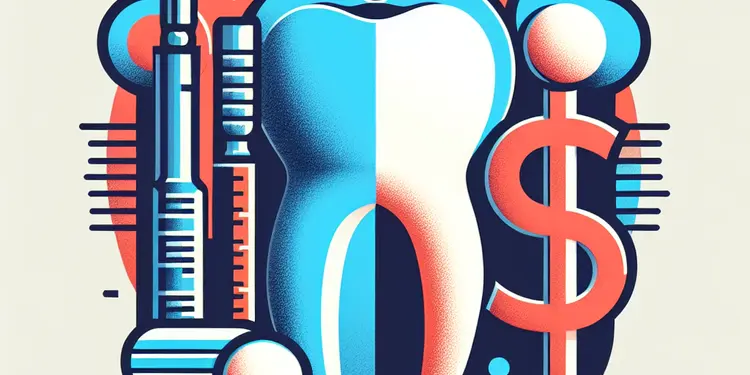
What is the role of dental sealants in preventing tooth decay?
Relevance: 78%
-
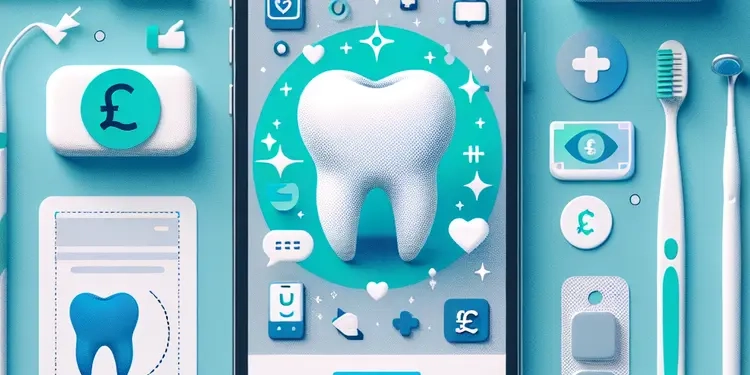
What is tooth decay?
Relevance: 76%
-

What treatments are covered by the NHS dental service?
Relevance: 43%
-

Dental Health: Tips for All Ages
Relevance: 41%
-

How to floss | NHS
Relevance: 29%
-
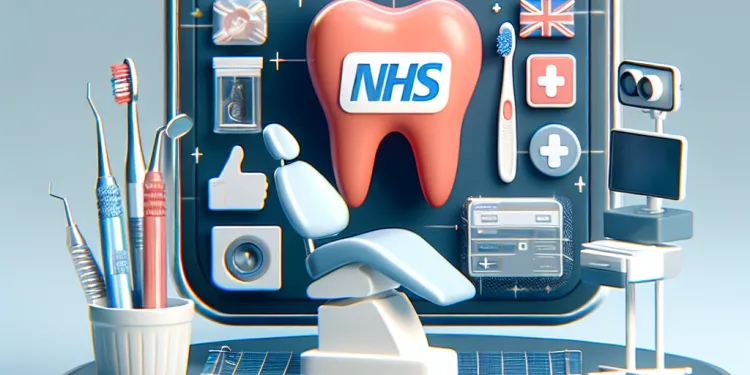
Are there any extra charges for NHS dental treatments?
Relevance: 26%
-

Having chemotherapy and other treatments in the Day Treatment Unit
Relevance: 23%
-

Is there a treatment for measles?
Relevance: 23%
-

Is there a treatment for measles?
Relevance: 23%
-

NHS 24 | Self-help tips for dental pain
Relevance: 23%
-

Are chiropractic treatments safe?
Relevance: 22%
-

Is Botox treatment expensive?
Relevance: 22%
-
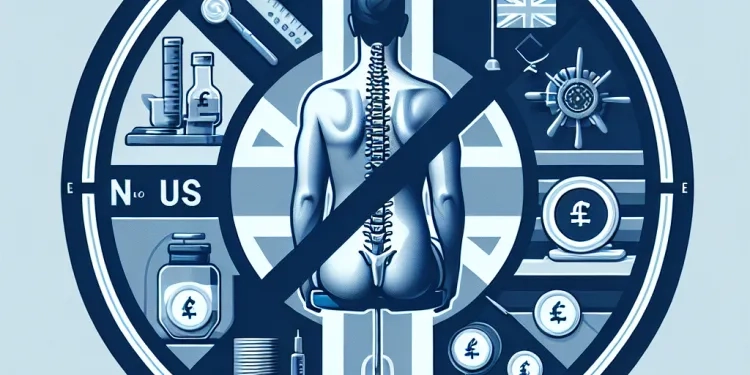
Are chiropractic treatments painful?
Relevance: 22%
-

What is the treatment for appendicitis?
Relevance: 22%
-

Coping with dry mouth
Relevance: 22%
-

Eating disorders: treatment
Relevance: 22%
-

BSL - Treatments for insomnia
Relevance: 22%
-
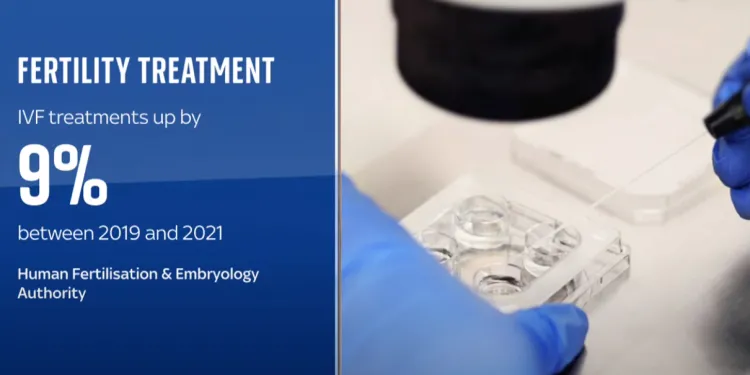
Fertility treatments on the up, but not via the NHS
Relevance: 21%
-

What are topical treatments for psoriasis?
Relevance: 21%
-

What treatments are available for eczema?
Relevance: 21%
-

What is the treatment for chickenpox?
Relevance: 21%
-

Are homeopathic treatments covered by the NHS?
Relevance: 21%
-

Are inhalers the only treatment for asthma?
Relevance: 21%
-

What is the treatment for bacterial meningitis?
Relevance: 21%
-

What are common treatments for ADHD?
Relevance: 21%
-

What treatments are available for shingles?
Relevance: 21%
-

What treatments are available for shingles?
Relevance: 21%
-

What treatments are available for obesity?
Relevance: 21%
Understanding Tooth Decay
Tooth decay, also known as dental caries or cavities, is a common dental issue that occurs when the hard surface of the teeth is damaged due to acid produced by plaque bacteria. If left untreated, it can lead to pain, infection, and even tooth loss. It is important to seek professional dental care to address tooth decay effectively.
Preventive Measures
The best treatment for tooth decay is prevention. Regular dental check-ups, usually every six months, are essential for early detection and prevention of cavities. Dentists recommend brushing your teeth twice a day with fluoride toothpaste and flossing daily to remove food particles and plaque. In certain cases, dentists may also apply fluoride varnish to protect the teeth and make them more resistant to decay.
Fillings
When tooth decay advances to the point of forming a cavity, dental fillings are a common treatment option. During this procedure, the dentist removes the decayed material from the tooth and fills the cavity with a suitable material, such as amalgam, composite resin, or glass ionomer. These materials restore the tooth’s normal function and shape.
Crowns
For more extensive decay, where a significant portion of the tooth is damaged, a dental crown may be required. A crown is a custom-made cap that fits over the remaining part of the tooth. Crowns protect and reinforce the tooth, restore its shape, and improve its appearance. They are typically made from materials such as porcelain, ceramic, or metal alloys.
Root Canal Treatment
If tooth decay reaches the innermost layer of the tooth, known as the pulp, it can cause infection and severe pain. In such cases, a root canal treatment is necessary to save the tooth. This involves removing the infected pulp, cleaning the inside of the tooth, and sealing it. After a root canal, the tooth is typically covered with a crown for protection.
Tooth Extraction
In severe cases where the tooth is too damaged to be repaired, extraction may be the only option. This involves removing the tooth from its socket and may be followed by options to replace the lost tooth, such as dental implants, bridges, or dentures. While extraction is a last resort, it helps prevent further infection and damage to surrounding teeth.
In Conclusion
Tooth decay requires timely intervention to prevent complications. By attending regular dental check-ups and practicing good oral hygiene, the risk of developing cavities can be significantly reduced. If decay does occur, treatments like fillings, crowns, root canal therapy, or extractions can effectively restore oral health and prevent further issues.
Understanding Tooth Decay
Tooth decay means your teeth get damaged. It happens when germs make acid that hurts the teeth. If not fixed, it can cause pain and you might lose a tooth. Going to the dentist can help fix it.
Preventive Measures
Stopping tooth decay before it starts is best. Visit the dentist every six months to check your teeth. Brush your teeth twice a day with fluoride toothpaste. Floss every day to clean between your teeth. Sometimes, dentists use fluoride varnish to keep teeth strong.
Fillings
If you have a hole in your tooth, dentists use fillings to fix it. They take out the bad part and fill the hole with special stuff. This makes your tooth work like before.
Crowns
If a lot of the tooth is damaged, you might need a crown. A crown is like a cap that goes over the tooth. It makes the tooth strong again and look nice. Crowns can be made of different materials.
Root Canal Treatment
If decay reaches deep inside the tooth, it can hurt a lot. A root canal can help save the tooth. The dentist takes out the bad part, cleans the inside, and then covers the tooth. Often, a crown is added to protect it.
Tooth Extraction
Sometimes, a tooth is too damaged to fix and must be taken out. This is called extraction. After the tooth is removed, options like implants or dentures can replace it. Extraction stops more damage and infection.
In Conclusion
It's important to fix tooth decay quickly. Go to the dentist regularly and take care of your teeth to avoid cavities. If a problem happens, treatments like fillings, crowns, root canals, or extractions can help keep your teeth healthy.
Frequently Asked Questions
Useful Links
- Ergsy carfully checks the information in the videos we provide here.
- Videos shown by Youtube after a video has completed, have NOT been reviewed by ERGSY.
- To view, click the arrow in centre of video.
- Most of the videos you find here will have subtitles and/or closed captions available.
- You may need to turn these on, and choose your preferred language.
- Go to the video you'd like to watch.
- If closed captions (CC) are available, settings will be visible on the bottom right of the video player.
- To turn on Captions, click settings .
- To turn off Captions, click settings again.
More Items From Ergsy search
-

Is tooth decay common in children?
Relevance: 100%
-

Can tooth decay be reversed?
Relevance: 100%
-

Oral Health Awareness - Tooth Decay
Relevance: 100%
-

How is tooth decay diagnosed?
Relevance: 99%
-

What are the symptoms of tooth decay?
Relevance: 98%
-

How can I prevent tooth decay?
Relevance: 96%
-

How does diet affect tooth decay?
Relevance: 91%
-

Can using mouthwash prevent tooth decay?
Relevance: 90%
-

How does fluoride help prevent tooth decay?
Relevance: 87%
-

Can drinking water help prevent tooth decay?
Relevance: 84%
-

What treatments are available for tooth decay?
Relevance: 83%
-

Are sugary drinks worse than sugary foods for causing tooth decay?
Relevance: 81%
-

What is the role of dental sealants in preventing tooth decay?
Relevance: 78%
-

What is tooth decay?
Relevance: 76%
-

What treatments are covered by the NHS dental service?
Relevance: 43%
-

Dental Health: Tips for All Ages
Relevance: 41%
-

How to floss | NHS
Relevance: 29%
-

Are there any extra charges for NHS dental treatments?
Relevance: 26%
-

Having chemotherapy and other treatments in the Day Treatment Unit
Relevance: 23%
-

Is there a treatment for measles?
Relevance: 23%
-

Is there a treatment for measles?
Relevance: 23%
-

NHS 24 | Self-help tips for dental pain
Relevance: 23%
-

Are chiropractic treatments safe?
Relevance: 22%
-

Is Botox treatment expensive?
Relevance: 22%
-

Are chiropractic treatments painful?
Relevance: 22%
-

What is the treatment for appendicitis?
Relevance: 22%
-

Coping with dry mouth
Relevance: 22%
-

Eating disorders: treatment
Relevance: 22%
-

BSL - Treatments for insomnia
Relevance: 22%
-

Fertility treatments on the up, but not via the NHS
Relevance: 21%
-

What are topical treatments for psoriasis?
Relevance: 21%
-

What treatments are available for eczema?
Relevance: 21%
-

What is the treatment for chickenpox?
Relevance: 21%
-

Are homeopathic treatments covered by the NHS?
Relevance: 21%
-

Are inhalers the only treatment for asthma?
Relevance: 21%
-

What is the treatment for bacterial meningitis?
Relevance: 21%
-

What are common treatments for ADHD?
Relevance: 21%
-

What treatments are available for shingles?
Relevance: 21%
-

What treatments are available for shingles?
Relevance: 21%
-

What treatments are available for obesity?
Relevance: 21%